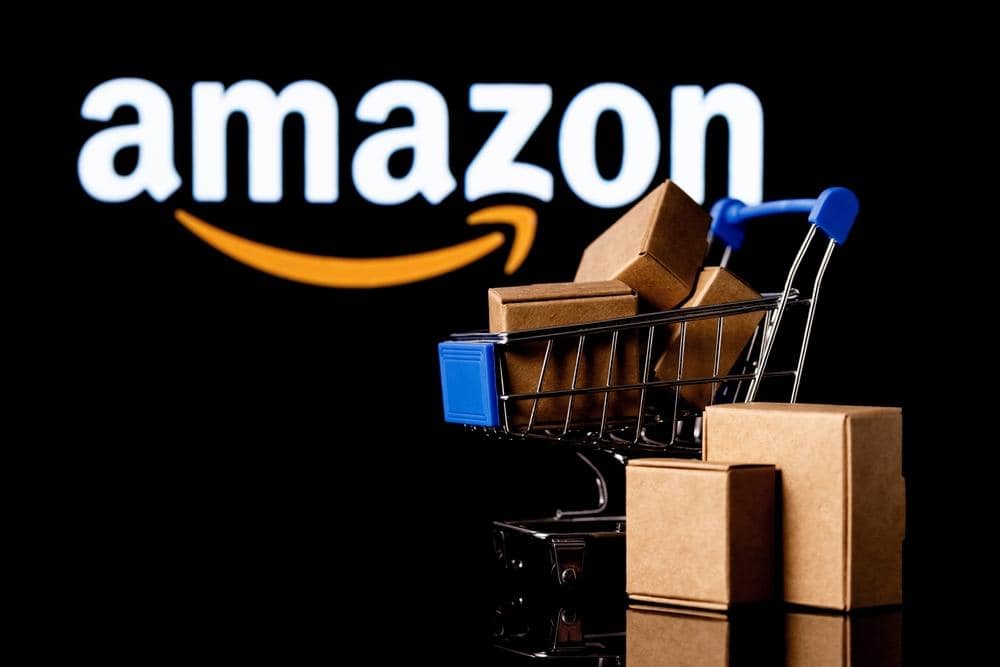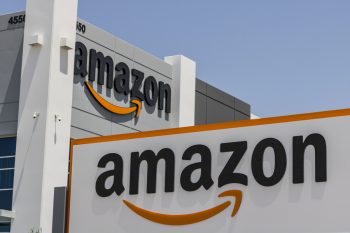
Amazon, the e-commerce giant, has expanded its operations beyond the borders of its home country, the United States, to reach customers in various corners of the globe. But why does Amazon operate internationally? This article will delve into the reasons behind Amazon’s international operations, its strategies for success, the challenges it faces, and specific examples of its global achievements.
Amazon operates internationally to tap into growth opportunities and diversify its market, gain access to new customers and create a competitive advantage, implement its expansion strategy and gain global retail access, shift its investment focus, and comply with international regulations. Despite facing challenges such as competition and logistical issues, Amazon’s international operations have proven successful in driving growth and increasing its market share.
Growth Opportunities and Market Diversification
One of the primary reasons Amazon operates internationally is the significant growth opportunities that the international e-commerce segment offers. Despite challenges such as increased fulfillment and shipping costs, inflation, and geopolitical issues, the international segment has shown potential for outsized revenue growth and profits. For instance, in Q1 2021, the international segment saw a 60% year-over-year growth in sales compared to North America’s 40% growth.
Operating internationally also allows Amazon to diversify its market and reduce reliance on the North American market. This is particularly crucial as growth in North America, especially among Prime customers, has been slowing.
Access to New Customers and Competitive Advantage
Amazon’s international operations give it access to hundreds of millions of customers worldwide. This large customer base can significantly increase sales and revenue. Furthermore, Amazon’s international presence provides it with a competitive advantage over other e-commerce platforms. It has the largest international online population reach, spanning 58 countries and reaching 1.2 billion people.
Expansion Strategy and Global Retail Access
Amazon’s expansion strategy includes diversifying its product and service offerings, expanding into new markets, and acquiring new companies. This strategy aims to place the company at the center of worldwide commerce. Furthermore, Amazon Global Selling allows the company to sell to the top international retail markets more quickly and easily than trying to enter these spaces on its own. This gives Amazon immediate access to more customers in different countries.
Investment Shift and Regulatory Compliance
Amazon has shifted its investment focus from the North American e-commerce segment to the international e-commerce segment, indicating that the international segment will eventually take over as the company’s new e-commerce growth engine. Additionally, operating internationally requires Amazon to comply with the different regulations of all the countries it enters. This sometimes necessitates adjustments to its business operations, which can lead to innovation and learning.
Overcoming Challenges in International Operations
Amazon faces several challenges when operating internationally, including strong local competition, nationalistic sentiments, logistical challenges, regulatory compliance, and cultural and linguistic differences. However, the company overcomes these challenges through a variety of strategies, such as acquisitions, utilizing the Global Fulfillment by Amazon (FBA) program, localization, thorough market research, and controlling the shipping process.
Success in International Markets
Amazon’s success in international markets is evident in countries like Germany, India, China, the Netherlands, Sweden, the Middle East, and Mexico. The company’s strategies, including localization, innovation, and strategic partnerships, have proven successful in these markets, resulting in increased market share, revenue, and customer base.
In conclusion, Amazon’s international operations are a strategic move to tap into new markets, diversify its customer base, and drive growth. Despite the challenges and costs associated with operating internationally, the potential benefits in terms of revenue growth, market share, and competitive advantage make it a worthwhile endeavor for the company.
Frequently Asked Questions
What is Amazon Global Selling?
Amazon Global Selling is a program that allows sellers to list and sell their products on Amazon’s international marketplaces. It simplifies the process of selling products globally by handling the logistics, customer service, and product returns.
What are some examples of Amazon’s acquisitions to support its international operations?
Amazon has made several strategic acquisitions to support its international operations. For instance, it acquired Souq.com, a leading e-commerce platform in the Middle East, to expand its presence in the region. In India, Amazon acquired a stake in Future Retail, one of India’s largest retail chains, to strengthen its retail footprint.
What is the Global Fulfillment by Amazon (FBA) program?
The Global Fulfillment by Amazon (FBA) program allows sellers to store their products in Amazon’s fulfillment centers. Amazon takes care of storage, packaging, and shipping of products, as well as customer service and returns. This enables sellers to scale their businesses and reach more customers globally.
What does localization mean in the context of Amazon’s international operations?
Localization in the context of Amazon’s international operations means adapting its services and products to meet the specific needs and preferences of customers in different countries. This could involve translating the website into the local language, offering locally relevant products, or adjusting pricing and payment methods to suit local market conditions.
How does Amazon control the shipping process in international markets?
Amazon controls the shipping process in international markets through its extensive logistics network, which includes fulfillment centers, sortation centers, and delivery stations. It also uses advanced technology and optimization algorithms to manage inventory, route packages, and deliver orders. In some markets, Amazon also has its own fleet of delivery vehicles and drones.










